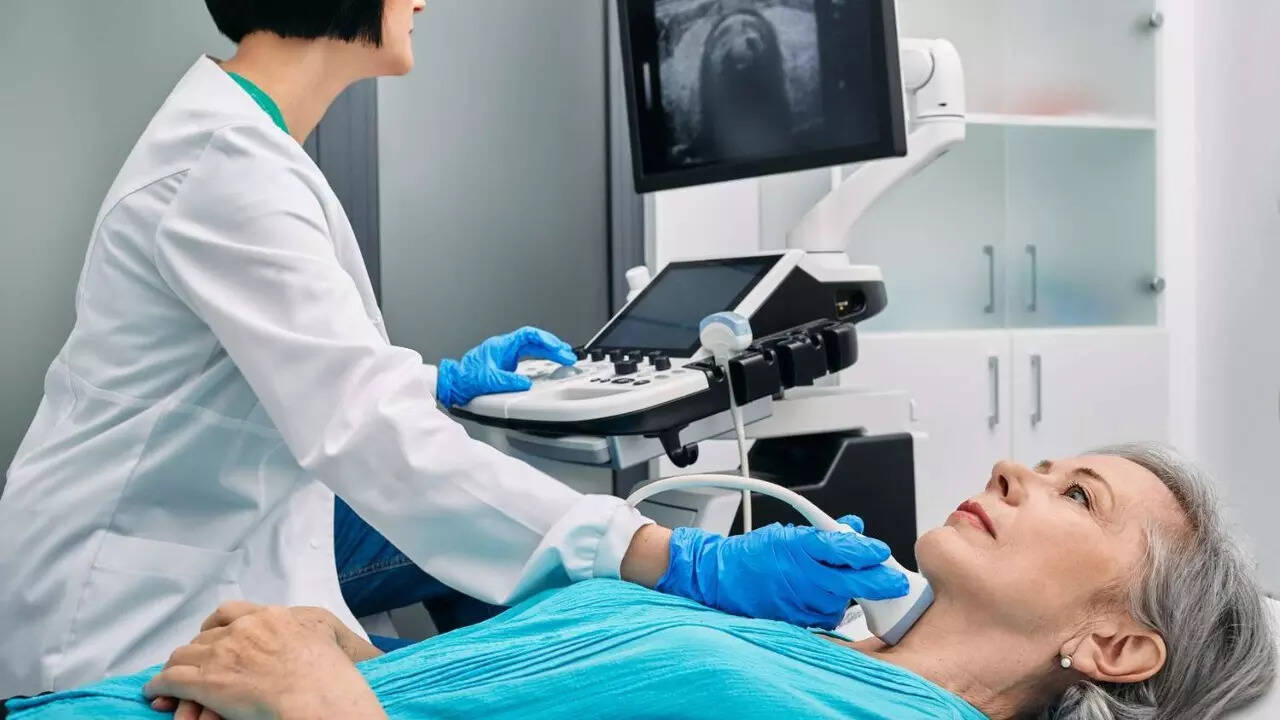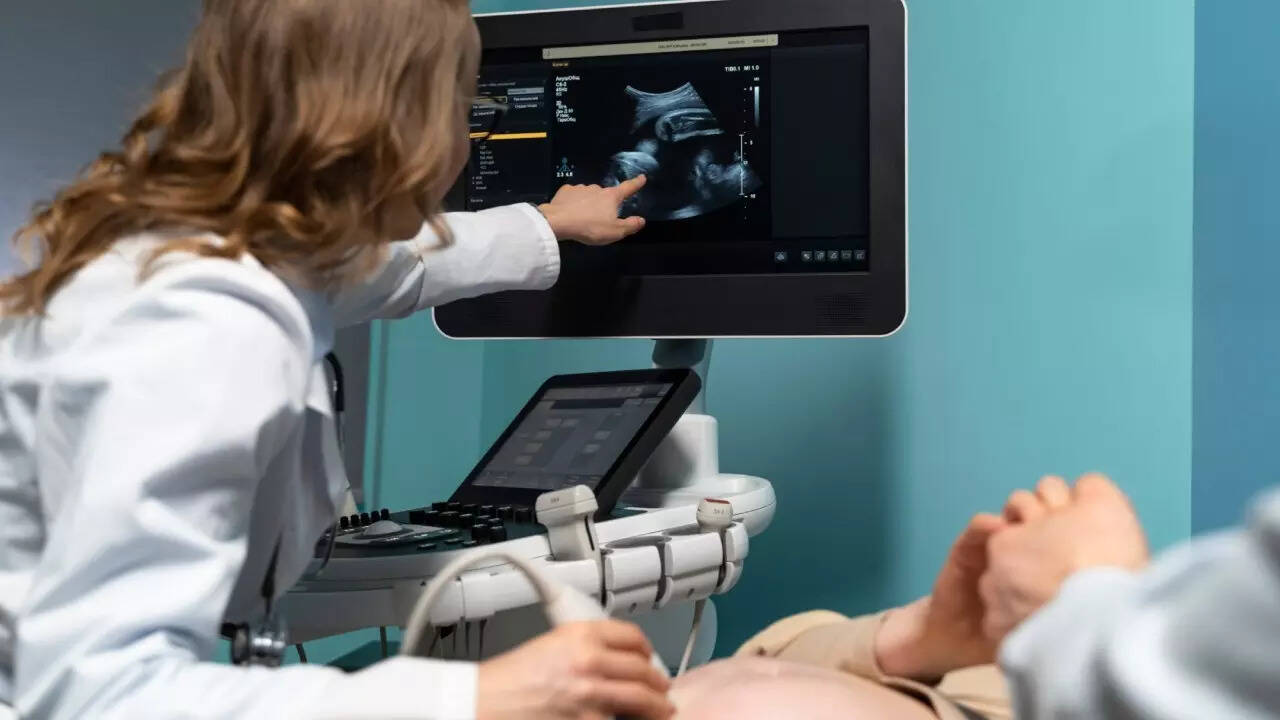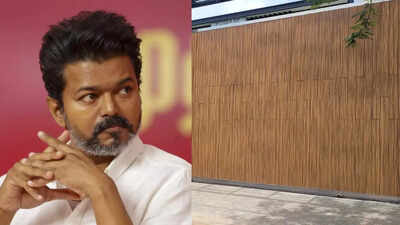Imagine treating a tumor without a scalpel or incision – no bleeding, no post-surgical complications, no prolonged hospital stays!That is no longer science fiction. In recent years, medical researchers have shown that a common technology long used for imaging – ultrasound – can also play a direct therapeutic role in fighting cancer. Rather than just “seeing” tumors, ultrasound techniques can now destroy, ablate, or enhance the delivery of drugs to cancer tissues.Why is it ‘groundbreaking’?Because this shift could transform cancer care, offering options for patients who can’t undergo surgery.
Ultrasound treating cancer: How could that work
Ultrasound in medicine is most familiar for imaging – prenatal scans, checking organs, and guiding procedures. However, the ability of the medical technology goes far beyond just tumor detection. Therapeutic ultrasound applies focused energy to tissue, altering or destroying it. When concentrated appropriately, these sound waves can generate heat, mechanical forces, or cavitation (bubble formation) to damage tumor cells. For example, one well-studied method is High-Intensity Focused Ultrasound (HIFU). In this procedure, multiple ultrasound beams converge on a small point inside the body. At that focal spot, the energy causes tissue to heat (often 55-100 °C) and ablate (kill) the tumor cells, while the surrounding tissue remains relatively unharmed. In addition to thermal ablation, ultrasound can also operate via mechanical and cavitation effects. One significant example is histotripsy, where microbubbles are created and collapsed in rapid cycles, physically breaking up tumor tissue in a nonthermal way. As a result, ultrasound “pulverizes” targeted tissue without burning it.Any other approach? There certainly is: it’s sonodynamic therapy. This method pairs ultrasound with sonosensitizing agents – drugs that stay inert until ultrasound activates them. When stimulated, these agents generate reactive oxygen species (ROS), damaging cancer cells locally without affecting the rest of the body. In fact, some researchers are also exploring oncotripsy, where ultrasound frequencies are tuned to the resonant frequency of cancer cells so that they are preferentially disrupted, while healthier cells remain intact. It’s still at an early stage, but conceptually striking. Furthermore, ultrasound can act as a delivery booster. In brain tumors, for instance, focused ultrasound can temporarily open the blood–brain barrier, allowing medications or nanoparticles to get through to cancer cells that would otherwise be unreachable.

Where it’s already in use: Examples and evidence
One of the most concrete successes of using ultrasound for treating cancer so far is histotripsy for liver tumors. The US Food and Drug Administration (FDA) approved its use in 2023 to treat certain liver tumors noninvasively. At medical centers like UChicago Medicine, doctors are offering histotripsy to patients with liver tumors, sometimes allowing them to return home the same day.Meanwhile, clinical trials are underway combining focused ultrasound and immunotherapy or chemotherapy to treat cancers like breast cancer and melanoma. Researchers believe ultrasound can not only kill some tumor cells, but also prime the immune system by releasing tumor antigens from disrupted cells, making immunotherapy more effective.HIFU is already used in some cases of prostate cancer, and in clinical trials for cancers of the rectum, cervix, kidney, liver, and more. Researchers are also developing MRI-guided HIFU (MR-HIFU) to monitor heat deposition in real-time and minimize damage outside target zones.

Advantages and challenges
What are the perks of using ultrasound for treating cancer instead of surgery? First and foremost, it’s noninvasive: no incisions, no large wounds, fewer complications. Then comes precision. The energy can be focused tightly, limiting damage to surrounding healthy tissue. Bonus point? Treatments can be repeated, even in regions where radiation or surgery would be risky. Furthermore, ultrasound can be combined with drugs, immunotherapy, or gene therapy to boost effects.As for challenges, the depth of the tumor and access to it could be a pressing concern. Some tumors are deep or blocked by bone or air, limiting ultrasound’s reach or energy delivery. The movements of the organs (with breathing or blood flow) can make it hard to keep the beam precisely on target. MR guidance could be of help, but it’s complex. Additionally, different tissues absorb ultrasound differently; these variations can complicate the dose and effect.Although less invasive, ultrasound tissue disruption may still cause bleeding, inflammation, or damage to adjacent structures, especially if not accurately aligned. Finally, many techniques are still in trials, and we lack broad, long-term survival data for a full-fledged practice.
What’s next
Ultrasound-based cancer treatment is no longer confined to lab experiments – it is entering clinical practice, especially for organs like the liver. As histotripsy offers a glimpse of surgery-free tumor removal, other modalities (HIFU, sonodynamic therapy, oncotripsy) are being refined and tested in human trials. Researchers are hopeful that combining these ultrasound techniques with immunotherapies and smart drug delivery will further enhance cancer control. For patients who cannot tolerate surgery due to age, comorbidities, or tumor location, ultrasound therapies offer a more convenient and compelling alternative. However, doctors and oncologists must carefully select cases where ultrasound’s benefits outweigh risks, and continue evaluating long-term outcomes.












































